
Old Tom Bombadil is a merry fellow,
Bright blue his jacket is, and his boots are yellow,
None has ever caught him yet, for Tom, he is the master.
Tolkien knew.
How to get URL link on X (Twitter) App




https://x.com/Arsenalsgatan/status/1864049326458372241
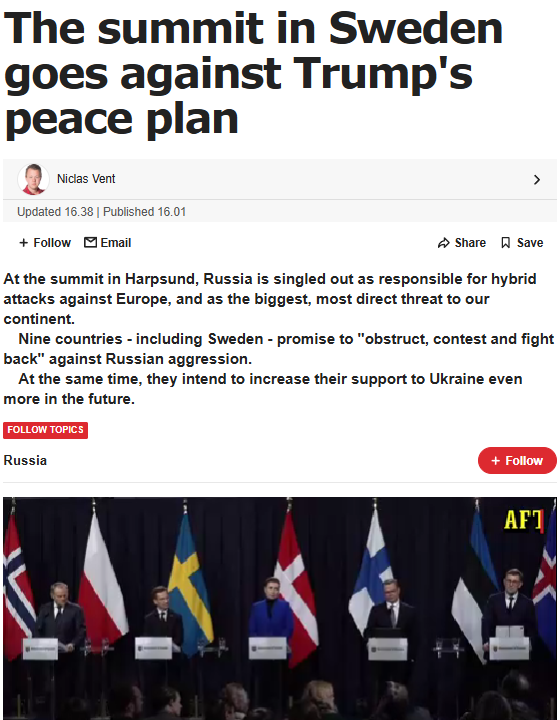

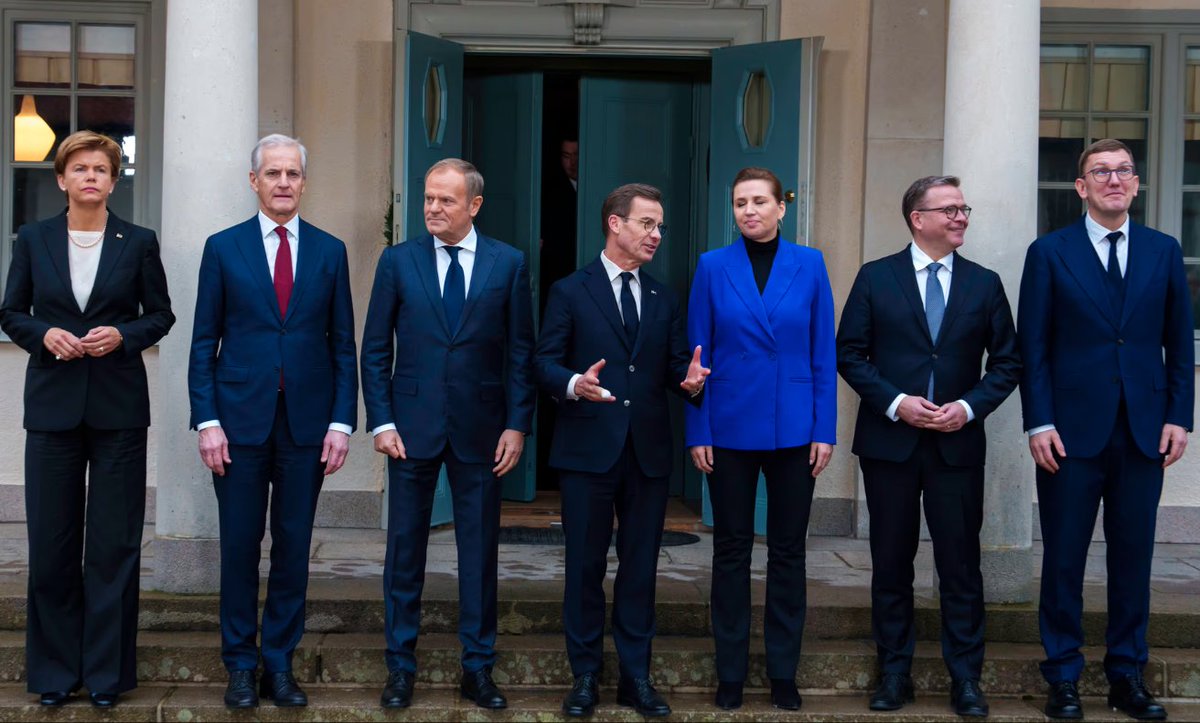

https://x.com/SweMFA/status/1861766197106061646

https://x.com/Arsenalsgatan/status/1807062264182141152

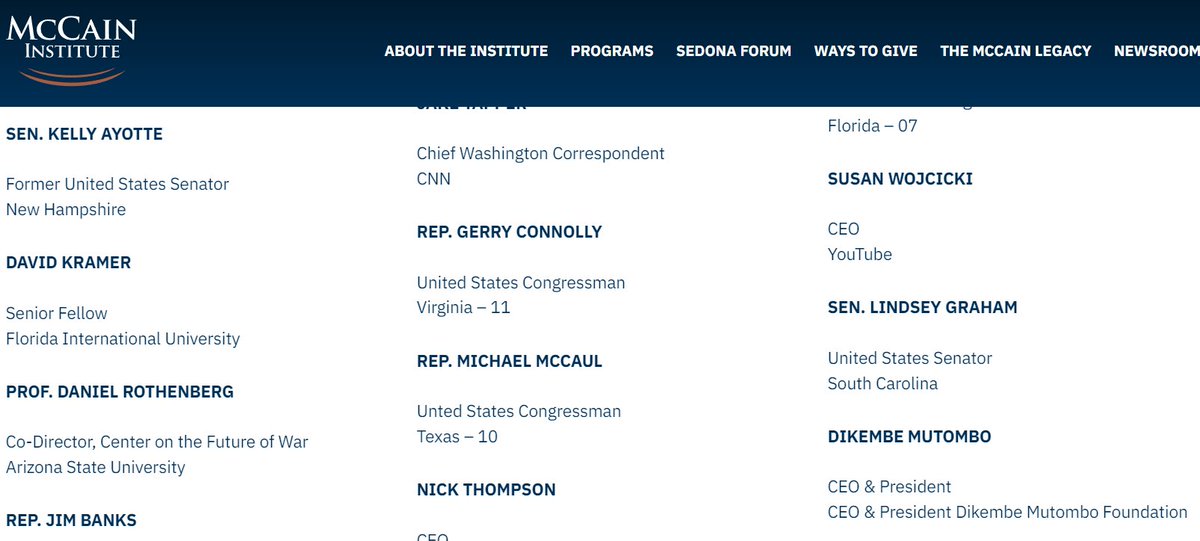

 @OwenBenjamin There is much more to this, but that requires a walk through history and some time invested..
@OwenBenjamin There is much more to this, but that requires a walk through history and some time invested..https://x.com/Arsenalsgatan/status/1797346744164102271
https://x.com/Arsenalsgatan/status/1744753795089703055
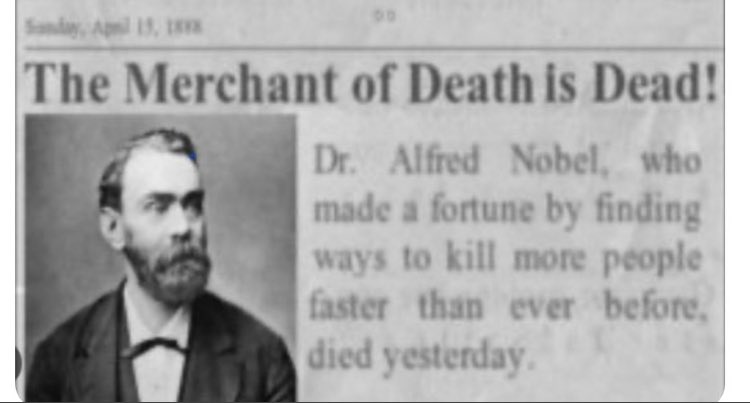


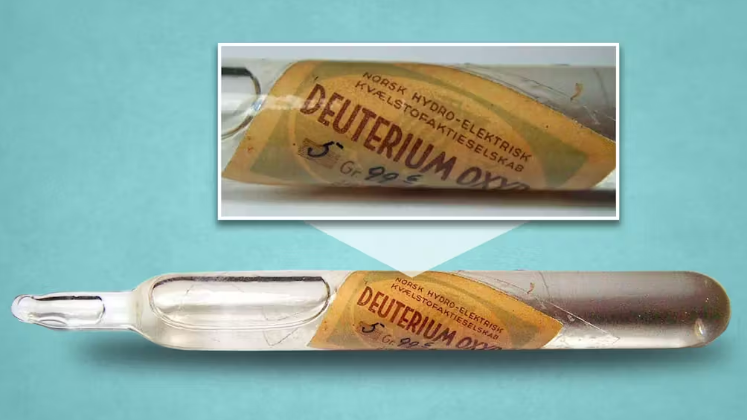

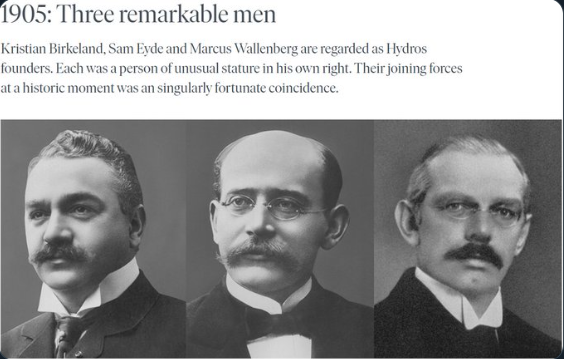
https://x.com/Arsenalsgatan/status/1720505961440330157?s=20


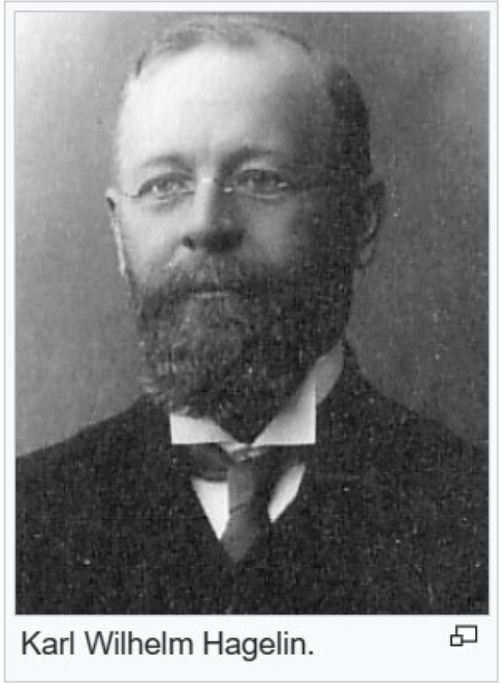


https://x.com/Arsenalsgatan/status/1717958576503717928?s=20





https://x.com/Arsenalsgatan/status/1683686276430454784?s=20
https://twitter.com/Arsenalsgatan/status/1744026928099532835
https://x.com/Arsenalsgatan/status/1713513826996412491?s=20
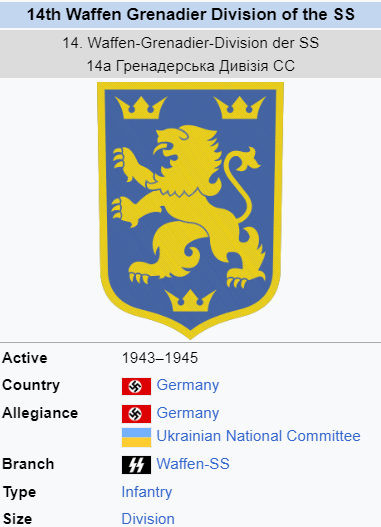
https://x.com/Arsenalsgatan/status/1712868555186663476?s=20

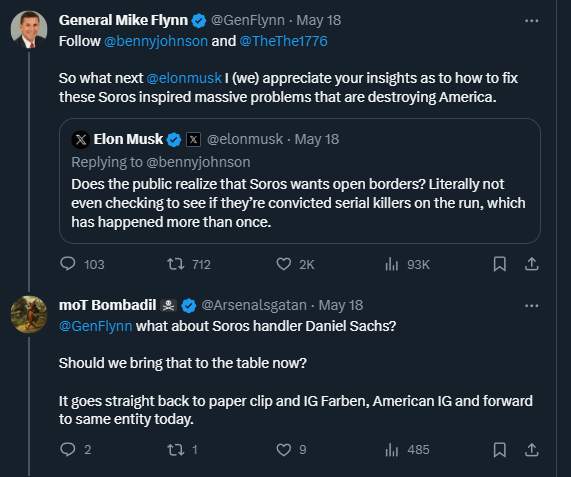

https://x.com/Arsenalsgatan/status/1721960605349720561?s=20


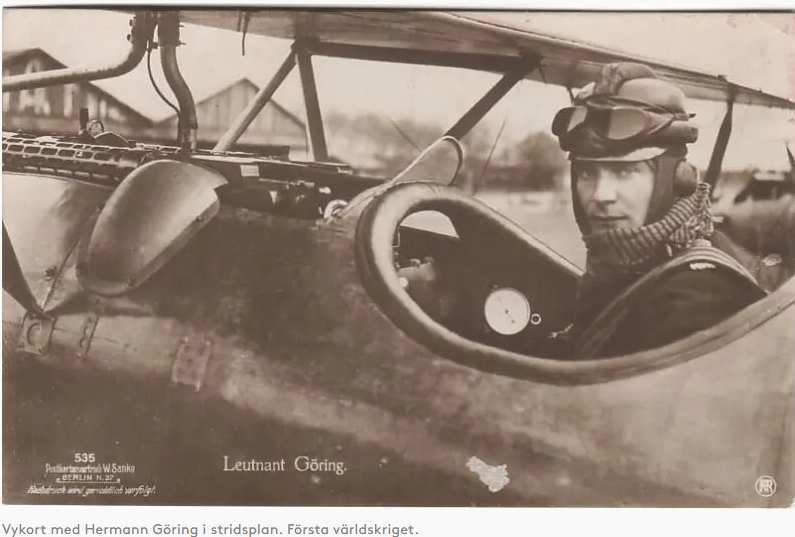
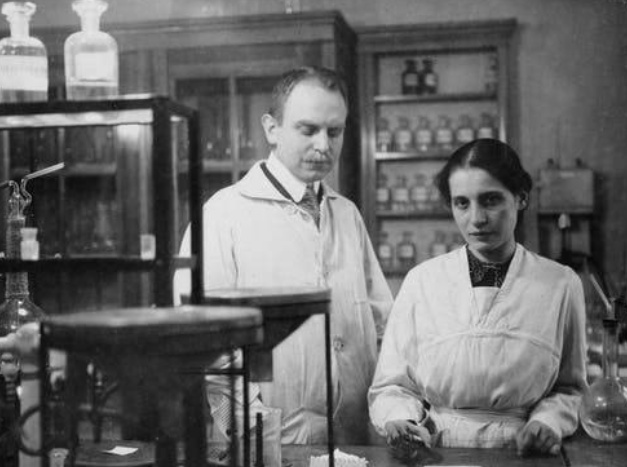

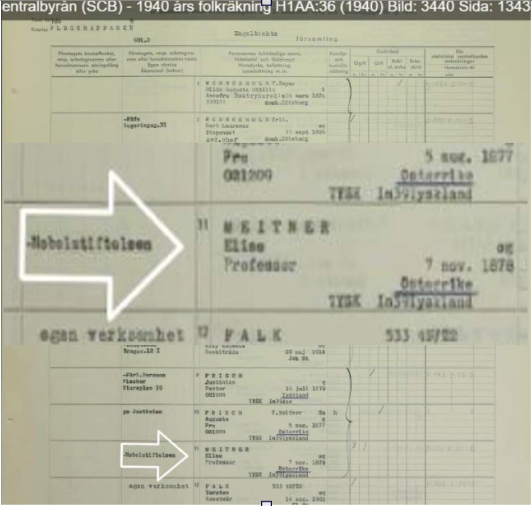
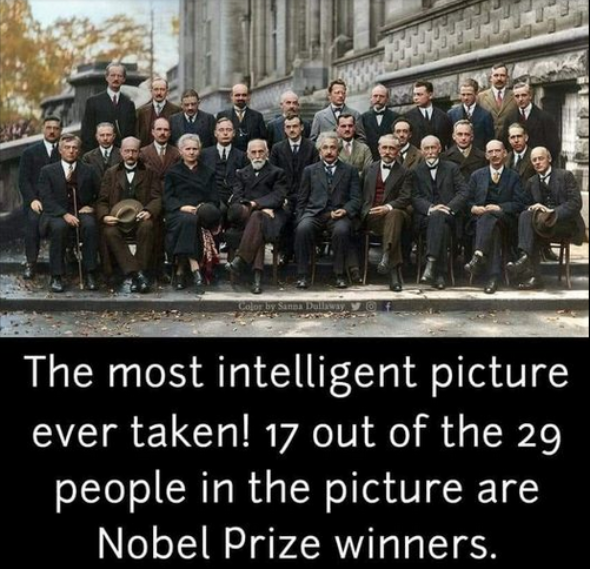
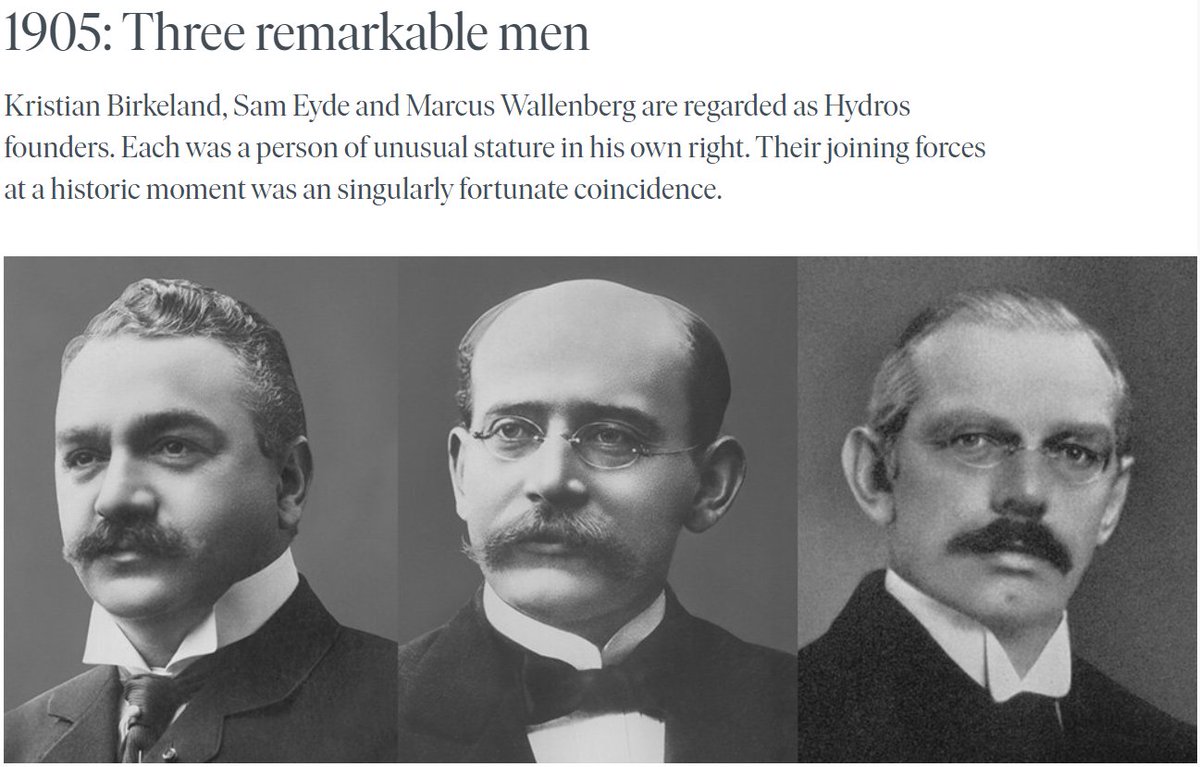 NOBEL PRIZEs and the Oligarchy
NOBEL PRIZEs and the Oligarchyhttps://x.com/Arsenalsgatan/status/1697987761230278669?s=20


 @Vltra_MK @AmericaShaman
@Vltra_MK @AmericaShaman
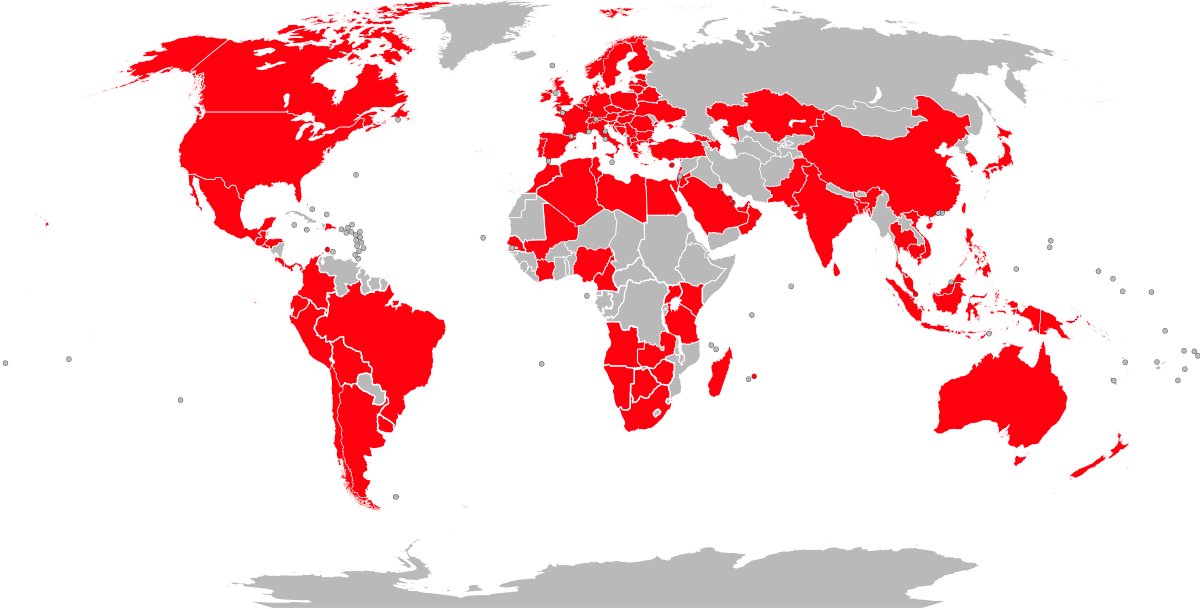



 Red Bee Media a Wallenberg operation.
Red Bee Media a Wallenberg operation.





https://x.com/Arsenalsgatan/status/1712869853533466807?s=20

 Benjamin Netanyahu has repeatedly made claims about the existence of a "deep state" in Israel. In a 2020 interview, he said that the deep state is "a network of people who are trying to bring me down, not because of what I do, but because of who I am." He has also accused the deep state of being responsible for a number of scandals, including the investigations into his own corruption.
Benjamin Netanyahu has repeatedly made claims about the existence of a "deep state" in Israel. In a 2020 interview, he said that the deep state is "a network of people who are trying to bring me down, not because of what I do, but because of who I am." He has also accused the deep state of being responsible for a number of scandals, including the investigations into his own corruption.

https://x.com/Arsenalsgatan/status/1662114814259261443?s=20